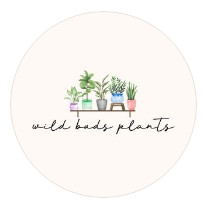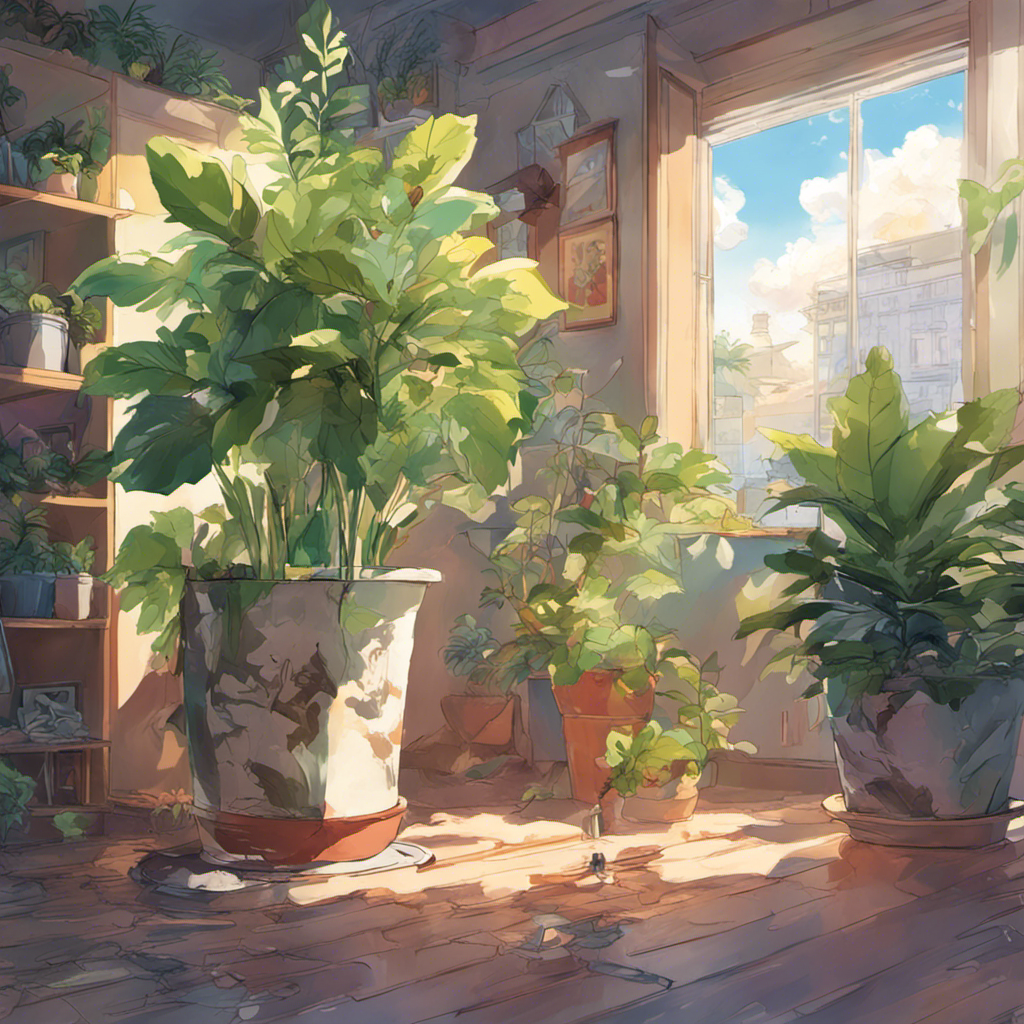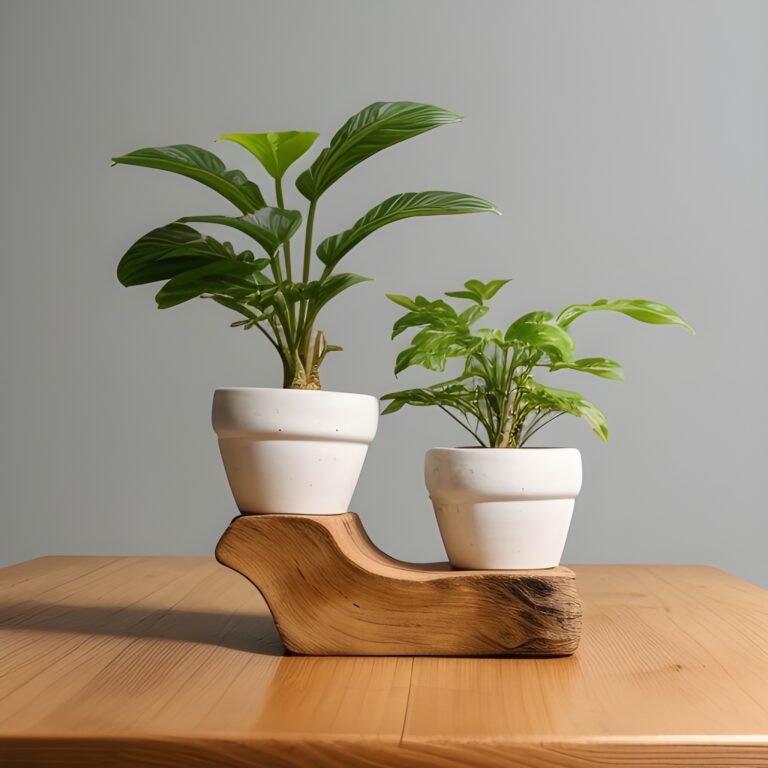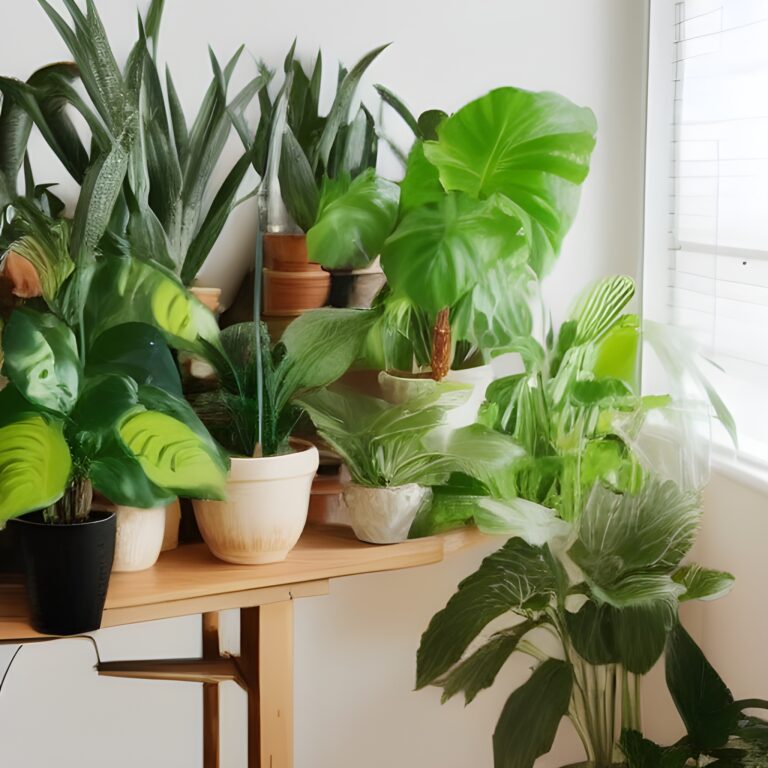Indoor Plant Light Guide: How to Decode Your Plant’s Sunlight Signals & Find the Perfect Spot
Stepping into the Plant’s World: It’s All About the Light!
Before we explore how to know if your houseplant is getting enough light, let’s talk about how plants perceive light. Have you ever walked into a house after being outside on a bright, sunny July afternoon? What could you see? Darkness, right? Our sophisticated human eyes are capable of adjusting to dim lighting in just seconds.
Seeing Without Eyes: The Plant Perspective
Now, think about what a plant sees. Even though plants don’t have eyes, they do perceive light! They sense light quality (color), light quantity (intensity) and light duration (time). Different from human eyes that adjust quickly to varying light levels, plants are incapable of the quick switch from dim to bright lighting.
Nature’s Chameleons: Plants and Their Adaptive Skills
Although most don’t realize it, plants change their growth to favor current growing conditions. They acclimate to their environment’s lighting by producing leaves optimized to take in the amount of light provided. Because of that fact, moving a plant from inside to outside (or outside-in) can shock its leaves and cause sun scorch. While some plants can acclimate to higher light levels with time, there is a limit to how much an individual plant species can handle. Because of their genetic make-up, different plants handle different light levels.
The Illuminating Truth: Indoor Light Deception
Most interior environments provide much less light than you would think. The best way to check light levels is to download a free light meter app on your phone and check up on plant species light requirements.
Reading the Green Signals: Signs Your Plant Craves More Sun
You can always start with our basic care suggestions, online research, and light meters to find a location for your newest plant, but if you are still unsure that your plant is getting the right amount of sunlight, there are a few plant signals to watch out for:
- Variegation’s Tale: If your plant exhibits variegated leaf patterns that begin to disappear over time, you need to increase light levels.
- Shades of Anthocyanin: Antho-what? Anthocyanins are the red-purple pigments produced in plants. If you notice a reddish hue developing in leaves, slightly decrease light exposure.
- The Stretch Syndrome: Stem stretch is a widespread sign that a plant wants more light. Time to move it to a sunnier spot!
- The Growth Gauge: If plant growth has slowed or stopped, a brighter location might be the solution.
- Flower Frustrations: No flowers? It’s likely due to insufficient light.
- Beware the Sun Scorch: Random dry, brown patches on leaves indicate too much light. While the damage cannot be reversed, your plant should be able to recover if you move it to a less intense location and allow the plant time to rebound. Avoid sun scorch altogether by researching your plant before you place it outside!.
Amp Up the Ambiance: Bring on the Light
If you notice your plants are in need of more light, consider supplemental lighting. While not all grow lights are made equal, many support plants alongside natural light. Remember, artificial lights are supplements to natural lighting.
Every Nook’s Green Dream: Choose Wisely
Light is the most important factor to consider when choosing a plant for your home. There are both sun-loving and shade-loving plants waiting to beautify every space in your home!
Not sure where to start? Here are some super common shade lovers and sun soakers!
Low Light Lovers: For spaces that resemble a cozy, rainy afternoon, these little green warriors thrive without much direct sunlight:
- Snake Plant (Sansevieria): This hardy, upright plant is often hailed as near indestructible. It thrives in low light and can handle irregular watering.
- ZZ Plant (Zamioculcas zamiifolia): Its glossy, dark green leaves seem to glow even in the shadows. An added bonus – it’s drought tolerant.
- Pothos (Epipremnum aureum): Its trailing vines and heart-shaped leaves make it a favorite. It’s forgiving and flourishes even in dimly lit rooms.
- Peace Lily (Spathiphyllum): Though it loves shadows, it’ll surprise you with white, spoon-shaped flowers. Just be careful; it’s toxic to pets.
- Spider Plant (Chlorophytum comosum): Recognized by its green and white striped, arching leaves, this plant is adaptable and a low-light champ.
High Light Hungry Plants: For areas drenched in sunlight, akin to a sunny boardwalk by the beach, these plants love to soak up the rays:
- Jade Plant (Crassula ovata): A type of succulent, it boasts thick, glossy leaves. Place it by a sunny window to see it truly shine.
- Aloe Vera: Beyond its medicinal magic, it’s a sun-lover. It does best when it can bask in a lot of bright, indirect light.
- Fiddle Leaf Fig (Ficus lyrata): Its large, glossy leaves make it a décor favorite. It craves bright, consistent light but not direct sun.
- String of Pearls (Senecio rowleyanus): A stunning succulent with bead-like foliage that thrives in bright light.
- Bird of Paradise (Strelitzia reginae): With its large banana-like leaves and exotic flowers, it dreams of sun-drenched locations.
For both light-loving and shadow-hugging plants, remember to adjust their placement based on seasons and as per the intensity of sunlight your space receives. After all, tending to plants is a lot like building a bond – it’s all about understanding and nurturing! 🌱🌞
The bond between sunlight and plants is undeniable. Just like you need your morning routine to set the tone for the day, plants need their sunlight to truly shine. So, next time you see a plant looking a little under the weather, maybe all it needs is a sunny pick-me-up. And remember, a sunlit plant is a happy plant!
If you can’t change the light, check out some other tips on how you can change your plants to fit what you’ve got!
- Watering & Humidity in Plants: How Light Intensity Affects Moisture Needs.
- Best Soil Mix for Houseplants: Tailoring to Light Conditions & Nutrient Requirements.
- Plant Placement 101: Finding the Ideal Spot Based on Home Lighting.
- Seasonal Care for Indoor Plants: Adapting to Varying Sunlight Angles.
- Understanding Photosynthesis: How Indoor Plants Use Light to Grow.
- Choosing Plant Pots: How Container Selection Affects Light Absorption.
- Common Plant Light Mistakes: Tips to Avoid and Fix Them.
- Houseplant Profiles: A Deep Dive into Light Requirements and Habitats.
- Pruning Techniques for Plants: Ensuring Even Light Exposure for Growth.
- Protecting Plants from Diseases: The Role of Proper Lighting.
- Using Artificial Grow Lights: Benefits, Types, and Best Practices.
- Well-being & Aesthetics: The Emotional and Decorative Benefits of Indoor Plants.



